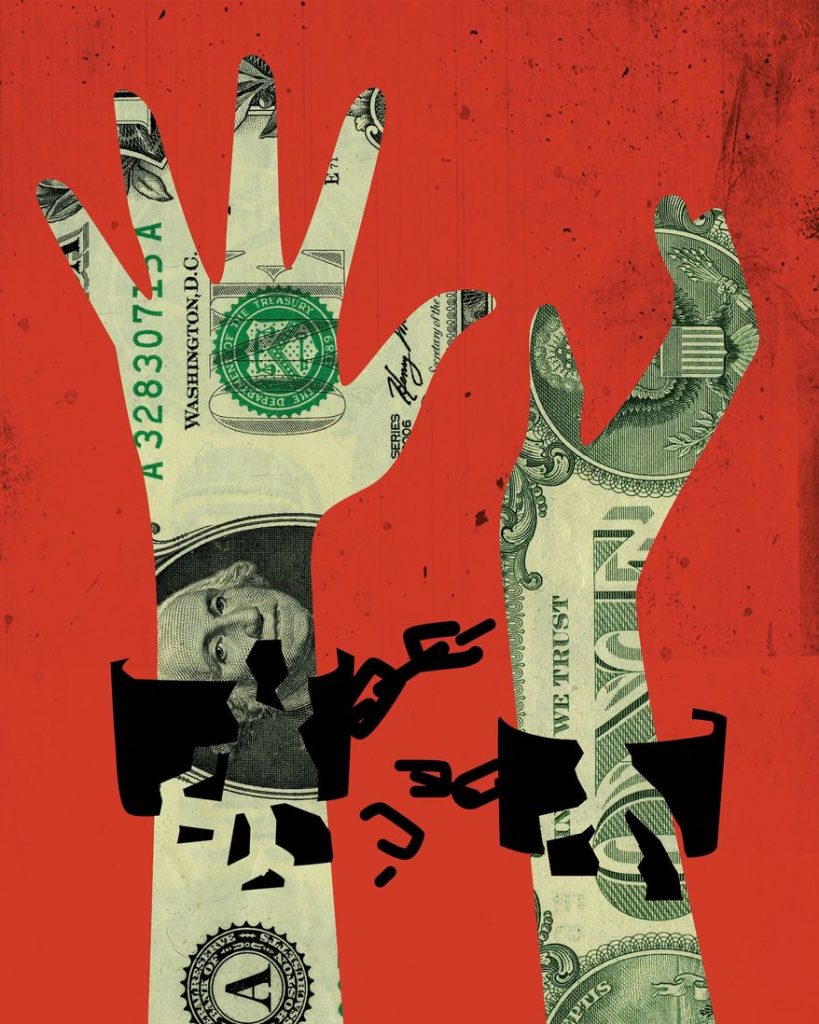The annual Economic Report of the World was just published by the Fraser Institute and a number of other think tanks. The authors of the Report measure economic freedom on a number of dimensions, including the size of government and taxation, legal system and property rights, sound money, freedom to trade internationally, and regulation.
Of the 165 countries measured, the top three were predictable – Hong Kong (1), Singapore (2), and Switzerland (3). And the bottom – Argentina (161), Syria (162), Zimbabwe (163), Sudan (164), and Venezuela (165) – were also predictable, plus economic basket cases like Cuba and North Korea, which lack reliable data for a ranking. (This unfortunately is the last year Hong Kong will be included because the data is pre-PRC economic takeover.)
What was not predictable, and in fact wholly unexpected thirty years ago is that many of the former countries in Eastern Europe that were part of the Soviet Union or under the Soviet thumb have become some of the economically freest and most successful countries.
| FORMER COMMUNIST COUNTRIES THAT RANK HIGH IN ECONOMIC FREEDOM |
| Estonia #8 |
| Lithuania #12 |
| Georgia #15 |
| Latvia #16 |
| Czech Republic #17 |
| Romania #19 |
| Bulgaria #23 |
| Source: Fraser Institute “Economic Freedom of the World: 2022 Annual Report” |
The seven countries listed above are in the top 20% of the countries of the world in economic freedom. They rank higher than many major countries often considered to be economically free, like Germany, Spain, Sweden, Italy, and France. Most of the other former communist countries, like Poland and Hungary, rank in the top 50% of economic freedom.
As a result of economic freedom, real incomes have also risen rapidly so most are now middle income – which is a sharp change from the poverty that they were mired in during Soviet times. The question is “Why did they do so well?” All had some form of the market economy before they were taken over or dominated by the Soviet Union; and having experienced socialism or communism, they saw its failures on a daily basis. Despite the censorship, most citizens of these countries were well aware that life was getting better and better in Western Europe and the Americas, while their misery continued year after year with little improvement.
When the Iron Curtain fell, most people in the affected countries experienced a sharp drop in their economic well-being, because as bad as socialism was, it did provide a low floor and the new private markets had yet to kick in. But very quickly homegrown and foreign entrepreneurs sensed opportunities and began creating productive enterprises, such as restaurants.
These countries were bankrupt, so most of the regulators and even many tax officials lost their jobs. Thus there was no one to enforce the old regulations, and the new rules were yet to be set, so almost anything was permitted. Estonia was perhaps the best example of rapid constructive change. When the country gained full independence in 1991, its people elected a brilliant young history professor, Mart Laar, who liked to say the only book he had ever read in economics was Milton Friedman’s “Free to Choose.”
Mr. Laar said it sounded good to him so the Estonians went ahead and did it. As expected, the international bureaucrats at the World Bank, IMF, and foreign affairs departments of major countries recommended against going all out for economic freedom. But the new leaders like Mr. Laar understood those organizations were trying to protect their old powers and turf, and hence their advice was properly often ignored.
Having worked in a number of countries in economic transition, I was amazed at how many young economists I met there who had never been out of their home countries had managed to acquire black-market copies of the works of Friedman, Hayek, and other free-market economists. For the most part, they rejected the recommendations of the Keynesians and social democrat economists, because as I was often told, their ideas were too close to the command and control policies of the socialists.
Thomas Jefferson is reported as saying that revolutions every 25 years or so were necessary to maintain liberty. He understood that bureaucracies – even well-intentioned – become stifling and oppressive, and occasionally need to be tossed out and start anew. That is what happened with the former communist and socialist states – the money ran out, and the bureaucrats quit or were fired. The currencies became useless because they were without backing and lacked a tax enforcement police – which meant that the national debts could not be paid and had to be written off.
To this day, many of the former socialist countries have some of the world’s lowest debt-to-GDP ratios and are much more fiscally sound than most of the major countries. During a worldwide financial crisis, they will be the last ones to go bankrupt or resort to hyperinflation (many of them – “been there, done that” – and never again). Most the countries instilled more sensible new tax systems with low-rate or even flat taxes. Bulgaria has a simple 10% flat tax on both corporate and personal income.
The bureaucratic plaque is slowly growing again in many countries, from both domestic pressures for “programs” and from foreign governments and international organizations that are trying to impose freedom-destroying regulations – all in the name of protecting the environment and combatting financial fraud. Restoring economic freedoms may require new revolutions.
• Richard W. Rahn is chairman of the Institute for Global Economic Growth and MCon LLC.
https://www.washingtontimes.com/news/2022/sep/12/good-news-about-economic-freedom-for-former-commun/
© Copyright 2022 The Washington Times, LLC.
